Explore the Sacred Graveyard of Okuno-in Temple – Koyasan
Published by CamDarling on
The small town of Mt. Koya is home to Japan’s grandest ancient graveyard: Okuno-in Temple, hidden within the old cypress and pine forest. The mountain settlement grew to be an important pilgrimage site and home to the Shingon Buddhism sect.
Founder “Kobo Daishi” who oversaw the construction of the Konpon Daito Padoga in the Danjo Garan Temple Complex, is one of Japan’s many famous historical characters tied to Mount Koya. The town embodies it’s humble beginnings, attracting the spiritual, artistic and nature enthusiasts. Many of the 120 temples in Koyasan offer lodgings for visitors and pilgrims. The scenic mountains and thick forest are also a great place for a short day hike or spooky evening walk, if you don’t mind the waiting spirits of Mount Koya… and bears.
The Directions from Osaka is very straightforward, however it might be worth it to pick up the Koyasan heritage ticket that offers a small discount on the train and other bonuses such as 20% admission prices once in Koyasan.
Cherry Blossoms of Mt. Koya
Just prior to my arrival in Japan, a giant storm swept through the Kansai area scattering to the wind the beautiful cherry blossoms petals that attract millions of tourists to Japan each spring. Bah! Such terrible luck!
That perfect picture of the famous Philosopher’s Path in Kyoto lost until my next visit. So Alas!
Here was my second chance! Koyasan (Mount Koya) is located deep within the mountains of Wakayama Prefecture and due to the 800 meter elevation, experiences the blooming of the Sakura Trees from the end of April to the beginning of May.
Japan’s love of the Sakura tree, a species of the Genus Prunus, has reliably blossomed throughout history, dating back to the Heian Period (After the Nara Period if you saw my Nara post).
The flower is of enormous cultural significance and even minted on the back of the 100 Yen coin! ‘Hanami’ is a social tradition referring to picnicking under the Cherry Blossoms for flower viewings.
As drinking in public is legal in Japan, don’t forget to pack your Sake with your delicious Onigiri, egg roll and pickled beets, as it is also part of the tradition!
Daimon Gate (大門)
This gigantic gate marks the entrance to the village of Mount Koya and the arrival point of the “Choishi Michi Pilgrimage Trail”. Most tourists ascend the mountain on an awesome Cable Car that climbs the very steep terrain from Gokurakubashi Station.
However, avid hikers intending to stay overnight may delight at the 23.5km (7+ hour) hike up the mountainside from Kudayama Station! Imagine walking the traditional pilgrim’s path deep into the gorgeous forest! Of course, there are other, shorter hiking trails too!
When you reach the Daimon Gate, walk through one of the three openings and find tranquility for you have arrived to a place of calm, space and spirits. The gate itself is beautifully intricate dating back to 1705. The original gate dates back to Heian Period (774-835). Two massive Kongo Rikishi Warriors (Ungyo & Agyo) stand flanking the entrance guarding the Buddha.
Kenta and I actually visited the gate at the end of our day trip. To the right, looking out of town, you’ll find a series of Torii Gates that mark the beginning of the trail. We stumbled upon this ‘beware of bears sign’ pronounced ‘Kuma’ in Japanese. Phones dying, we reached the top of the small hill, being the genius that I am, I decided to shout out. Kenta followed suit to which he received a response in the form of rustling in the bushes just below us. 10 seconds later we were running full tilt back down the path. Ha, so maybe pick up some bear spray if you intend on a day hike.
Okuno-in Temple (奥の院)
Visiting Koyasan with my friend Kenta was surreal, partly because I still couldn’t believe I was in Japan! In Japan! We met in my home town of Halifax, Nova Scotia half the world away. Just a year later here we were strolling through the eerie cedar forest of Japan’s largest cemetery. Thanks to Kenta I was able to properly respect the waiting spirits and adhere to basic temple etiquette (Shrines).
The story of Okuno-in Temple dates back 1200 years ago with one man, Kukai (Kobo Daishi), a scholar, monk and diplomat. Mount Koya started with Kukai and today his mausoleum remains the focal point of the temple grounds and places of worship. An audio guide of Koyasan is available for rent at the Shukubo Association Central Office, it might be worth it for those of you who don’t have a friend like Kenta to lead the way!
Famous Historic Characters
Some of Japan’s most famous historical figures are buried at Okuno-in Temple, tombstones marking their presence among the rustling trees. The walk is so peaceful and well kept, and yet there are over 200,000 graves scattered throughout the 2 Kilometer site. It fits with how I’ve seen Japan as a whole. Kenta was pretty excited to see ‘Toyotomi (Taiko) Hideyoshi ‘s tombstone, so I asked him to explain the man’s significance seeing as I know nothing of Japanese History. He was a famous General, Samurai and later, Emperor of Osaka in the 16th Century. I’ll include some links down below on some famous Japanese figures and blogs I found useful.
The Inner Temples
Once approaching the Inner Temples, cameras are not permitted. Out of respect for the 1200 year old graveyard home to hundreds of thousands of resting souls and wandering spirits, I gladly obliged. I’m not superstitious, but I felt like this mattered. The Inner Temple felt sacred and not worth disrespecting for a Instagram photo. To take a quote from the Adventures of Walter Mitty: If I like a moment, for me, personally, I don’t like to have the distraction of the camera. I just want to stay in it.
For me, Okuno-In Temple was serene, profound and something much more than that. I had trouble choosing a word to describe this other feeling I had walking among the silent still graves and softly rustling trees. I felt minuscule, insignificant and grateful for being there. Well, the perfect word is Yūgen (幽玄), taken in context of traditional Japanese Aethestics:
Yūgen is said to mean “a profound, mysterious sense of the beauty of the universe… and the sad beauty of human suffering”.
Yūgen suggests that beyond what can be said but is not an allusion to another world. It is about this world, this experience.
Koyasan gave me a moment of Yugen
Good Read Blogs
- Koya-san Part 4 – Troutfactory Notebook
- Koya-san Tombstones, Temples & Ancient Legends -Sushibits
- Guide to visiting the sacred sites of Mt. Koya – Travel Yes Please
- Sleeping with Monks: A night in a Japanese Temple in Koya-san – Never Ending Voyage
- A walk through Japan’s largest cemetery – The long and Winding Road
- Koya-san: Okuno-In Cemetary
Danjo Garan Temple Complex (壇上伽藍)
After my walk through Okuno-In Graveyard and the Inner Temples, I took a short bus ride to Danjo Garan Temple complex. It was one of the first temple complexes built by Kobo Daishi in the 8th century.
The complex comprises roughly twenty buildings, with the focal point being Konpon Daito Padoga. The Padoga and neighboring Kondo pavillion were reconstructed in the 1930s after a fire.
Konpon Daito Padoga (根本大塔)
This Padoga supposedly sits in the center of eight mountains, forming the center of a topographically pointed lotus flower. It’s enormously proportioned, seemingly having been made for giants.
To Kobo Daishi himself started the construction of this 45 m tall pagoda. It was ultimately finished by his fellow monks after his death. For more info, check out Japan-Guide.
Chumon Gate (中門 高野山)
The Chuman Gate stands as the entrance to the temple complex. This eighth reconstruction was completed in 2015 and features all four of the heavenly kings, (Four gods of Buddhism).
Unfortunately, I can’t tell them apart. Nonetheless, they are:
- Vaiśravaṇa – North (He who hears everything)
- Virūḍhaka – South (He who causes to grow)
- Dhṛtarāṣṭra – East (He who upholds the realm)
- Virūpākṣa – West (He who sees all)
Koyasan’s Smaller Temples
Hidden among the dense trees and mountains of Koayasan are hundreds of small temples, some offering accommodations to guests and pilgrims. Others, just a place to visit and pray.
This one temple below I believe was called Shojoshin-in Temple and is located just off the path from an entrance to Okuno-In Graveyard.
Walking along the quiet streets of Koyasan, you’ll find dozens of smaller temples nestled along the small mountain streets and hidden in the dense forests.
The small temple had a beautiful fully blossomed Cherry Blossom tree in the small courtyard. It was massive and drew crowds of tourists. A big thank you to Kenta for guiding me through this journey and sharing in this new adventure to the sacred graveyard and ancient temples of Mount Koya. Thanks for reading, i hope you consider Mount Koya on your next trip to Japan. It was a great day trip from Osaka, and would have been an ever better over-nighter!
My. Koya Hotels
Sekishoin Hotel
- Location Score: 10/10
- Air-con Rooms: No
- Private Rooms: Yes
- Bunks to a Room: No
- Female Only Room: No
- Security Locker: No
- In-House Restaurant & Bar: Cafe
- Free to Use Kitchen: No
- Breakfast Included: No, can opt in to meal service
- Towel: Yes
- Price: $91+ USD for a Japanese Style Room
Directions from Osaka City
- Take the Nankai Koya Line from Namba Station in Osaka.
- Get off at Gokurakubashi Station at the base of Mount Koya in 90 minutes
- Transfer directly to the Koyasan Cable Car for 390 yen.
- At the top, you can take the bus to the small town of Mt. Koya
- There is a special heritage package for trains to Koyasan for 2 day trips from 3400yen return.
- The JR pass does not qualify for all lines, including the Nankai Koya Line
More inforamtion, please see Osaka Station Transportation Guide
For more information if you have the JR pass
We recommend checking out of article on Osaka Castle if you want to learn more about some of Japan’s famous Samurai!
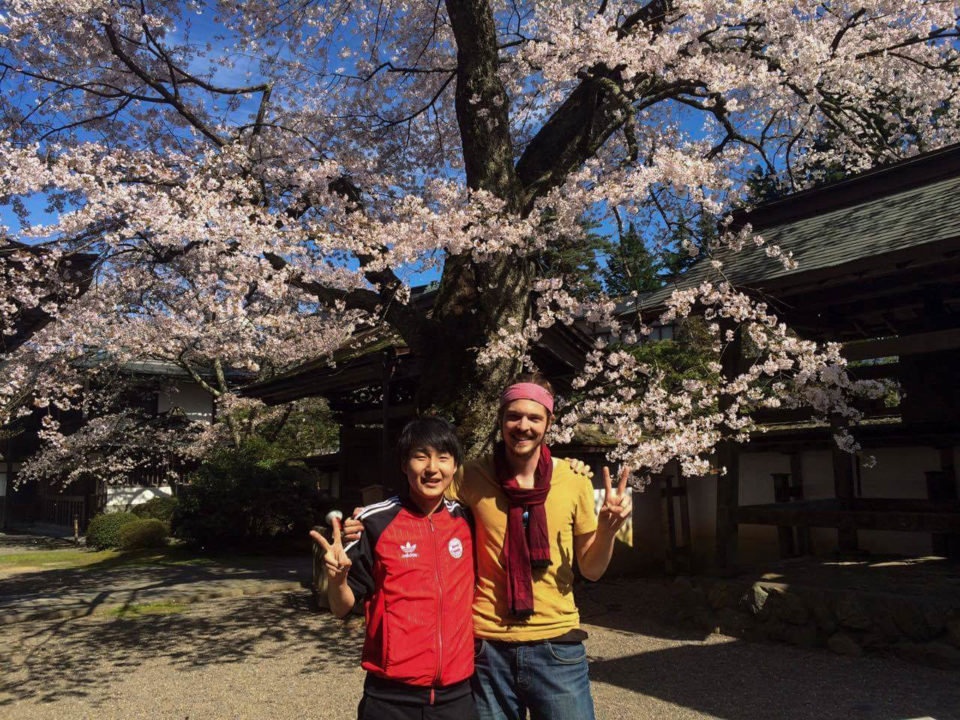

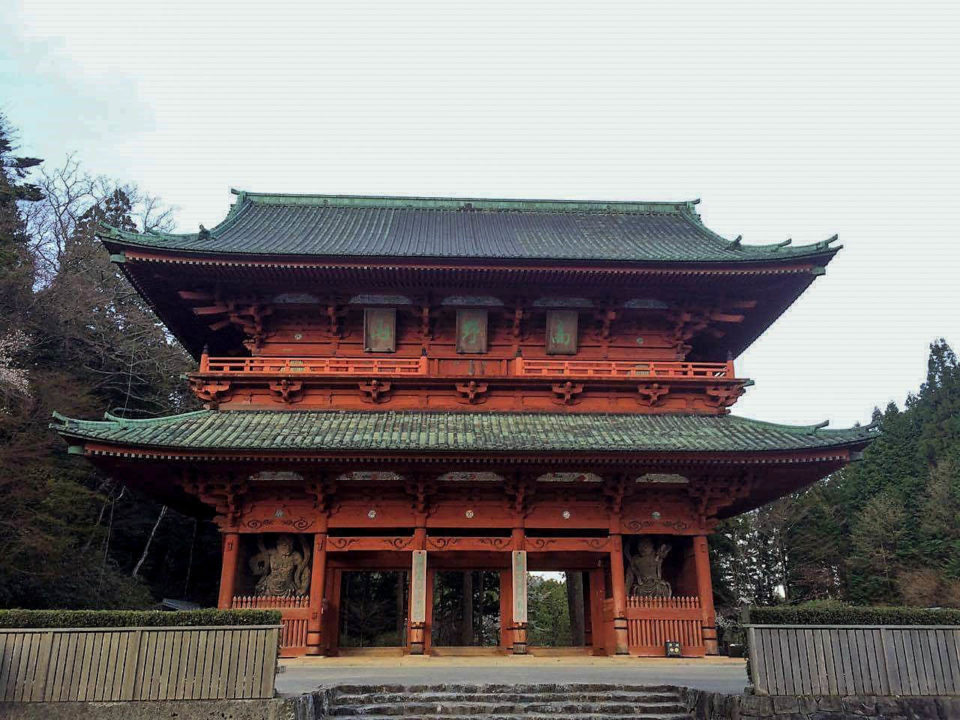
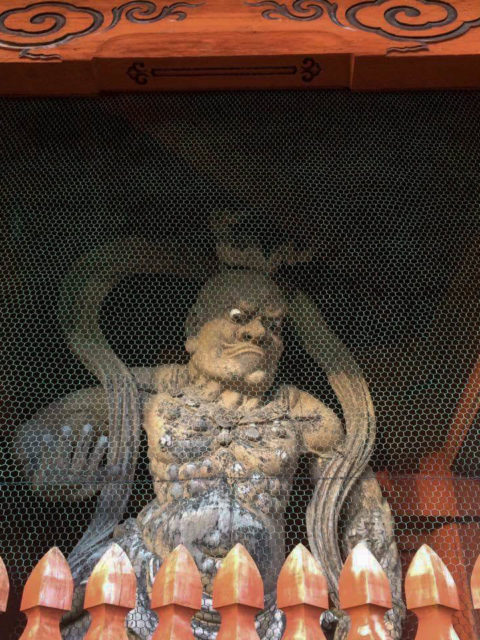
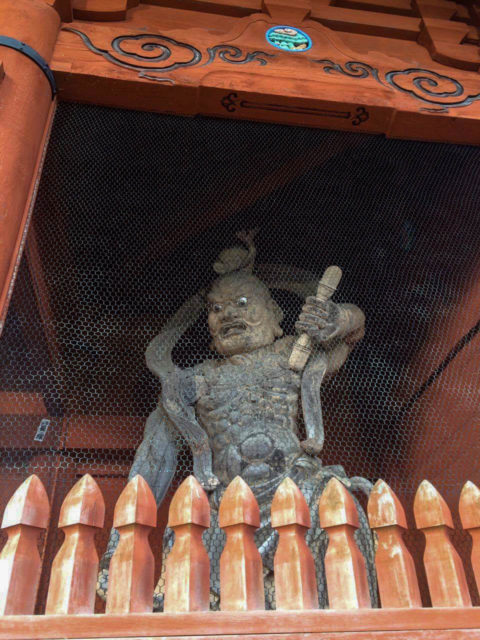
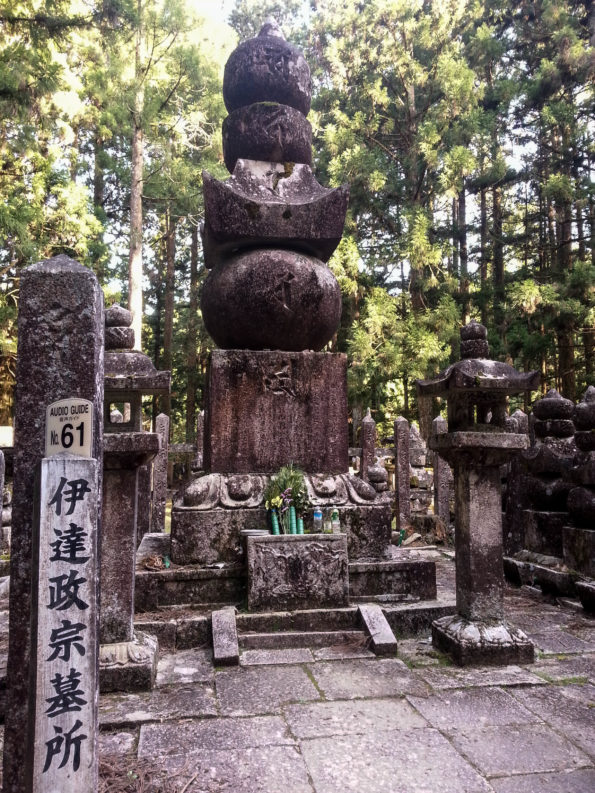
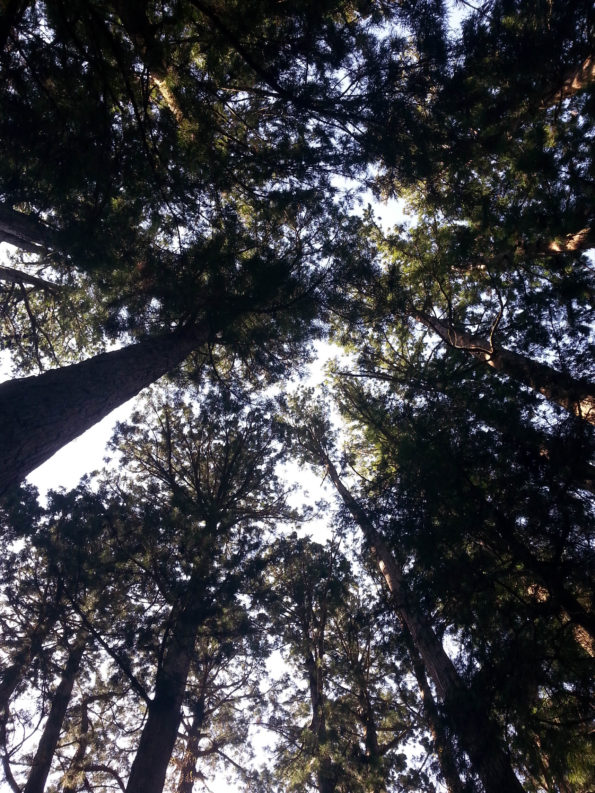
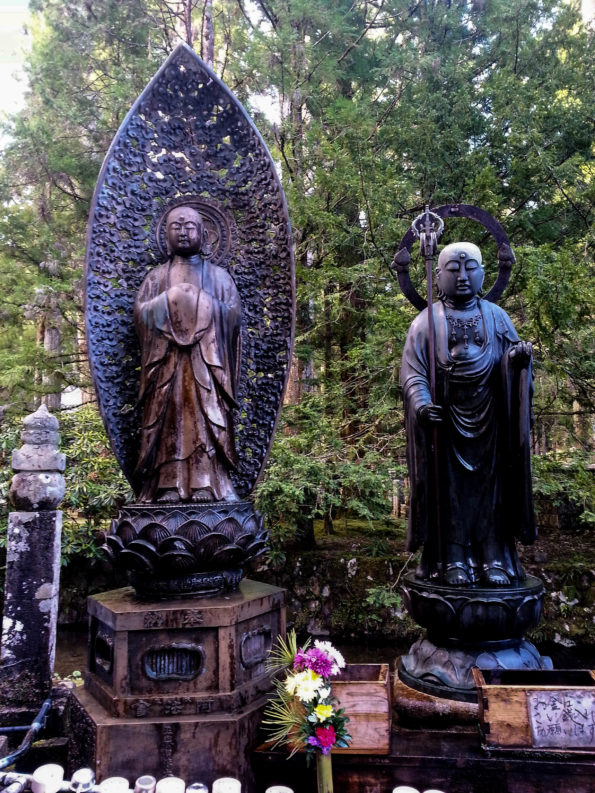
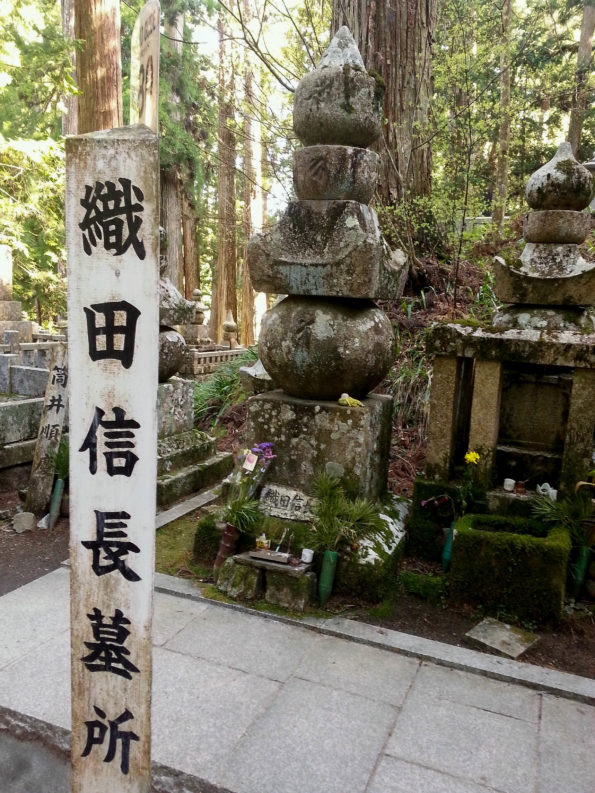
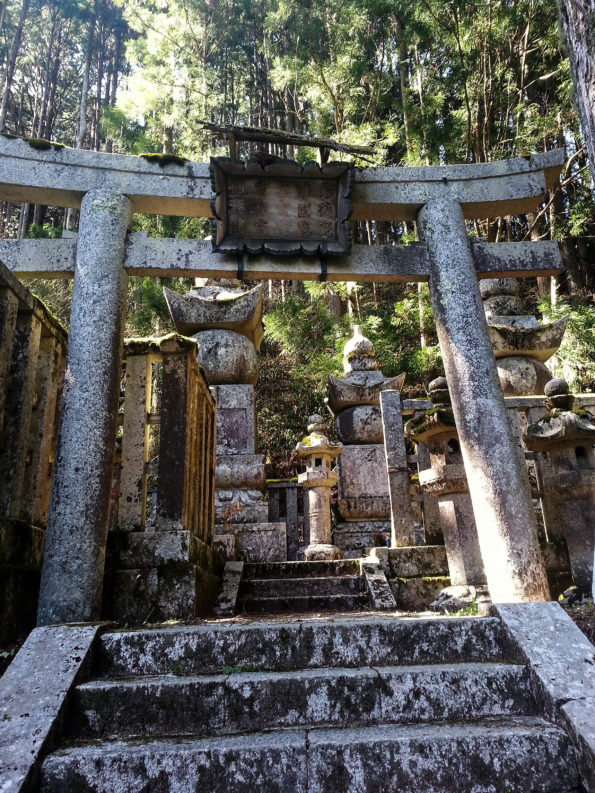
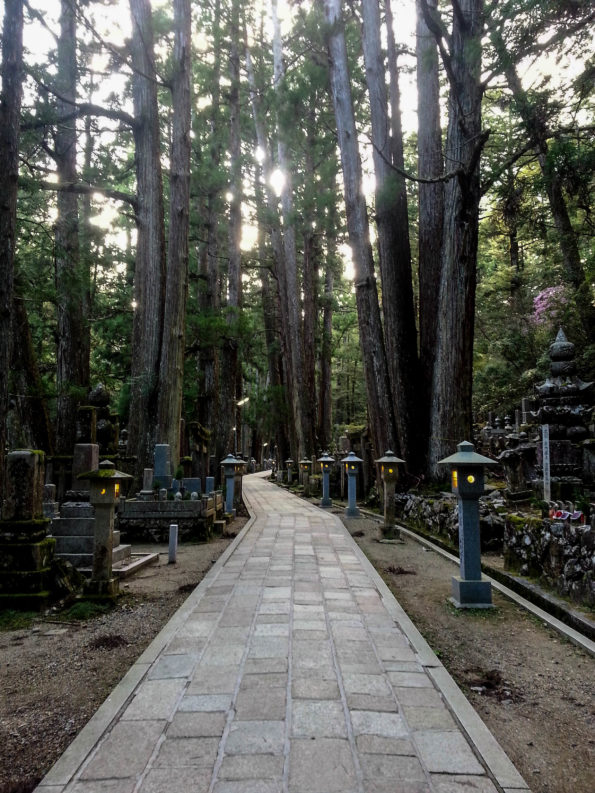
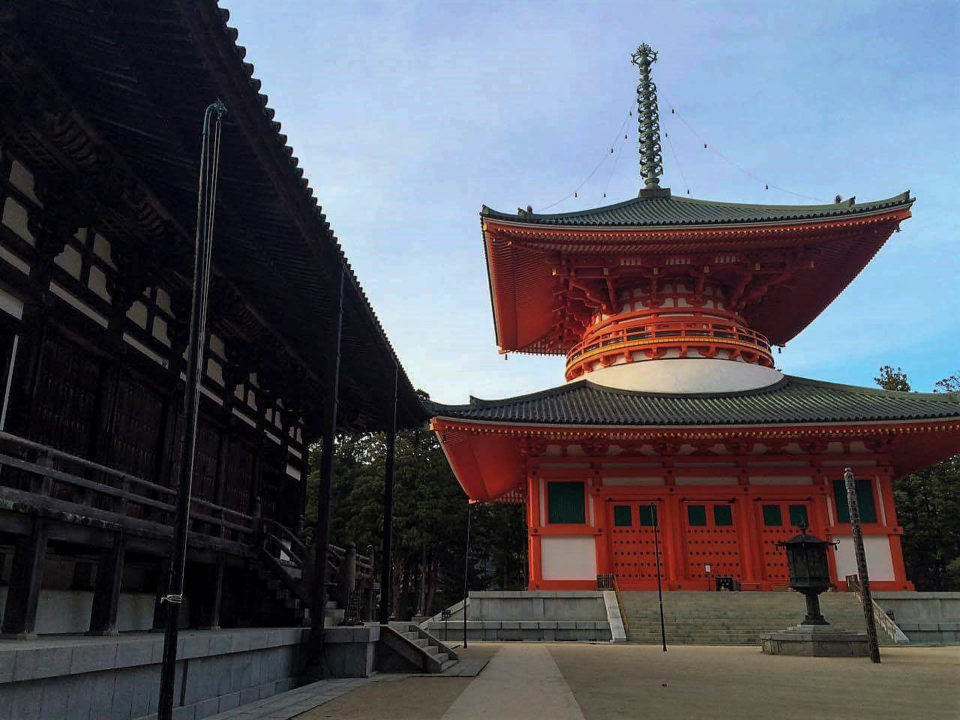
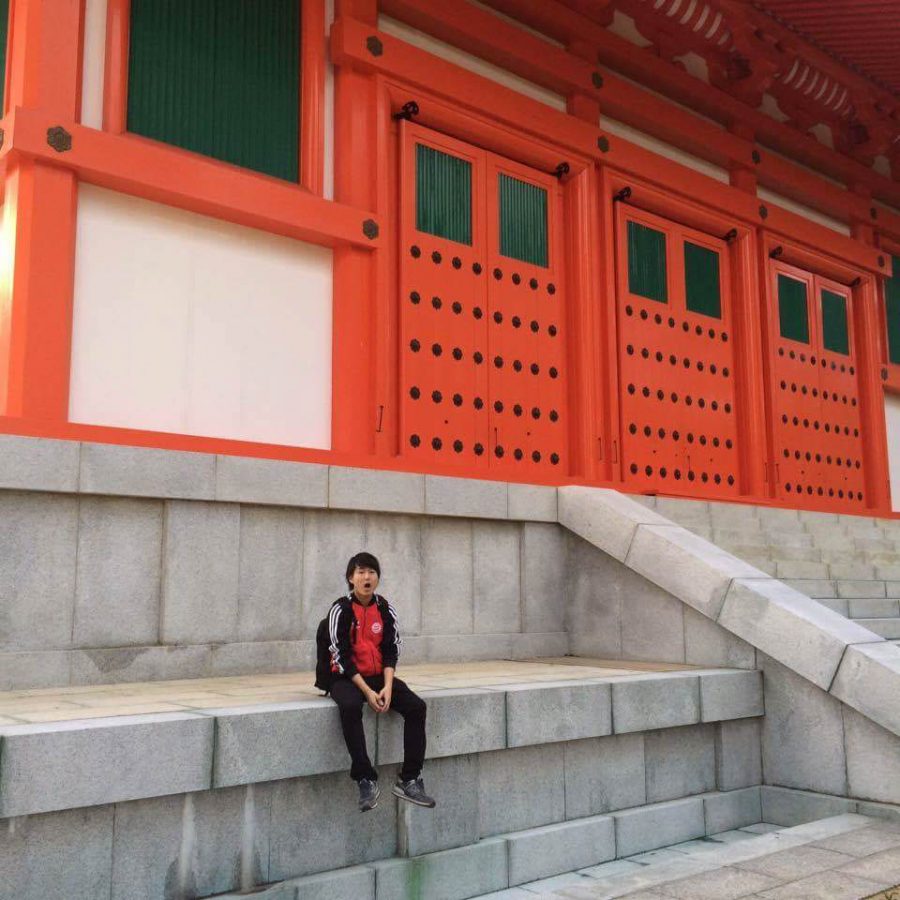
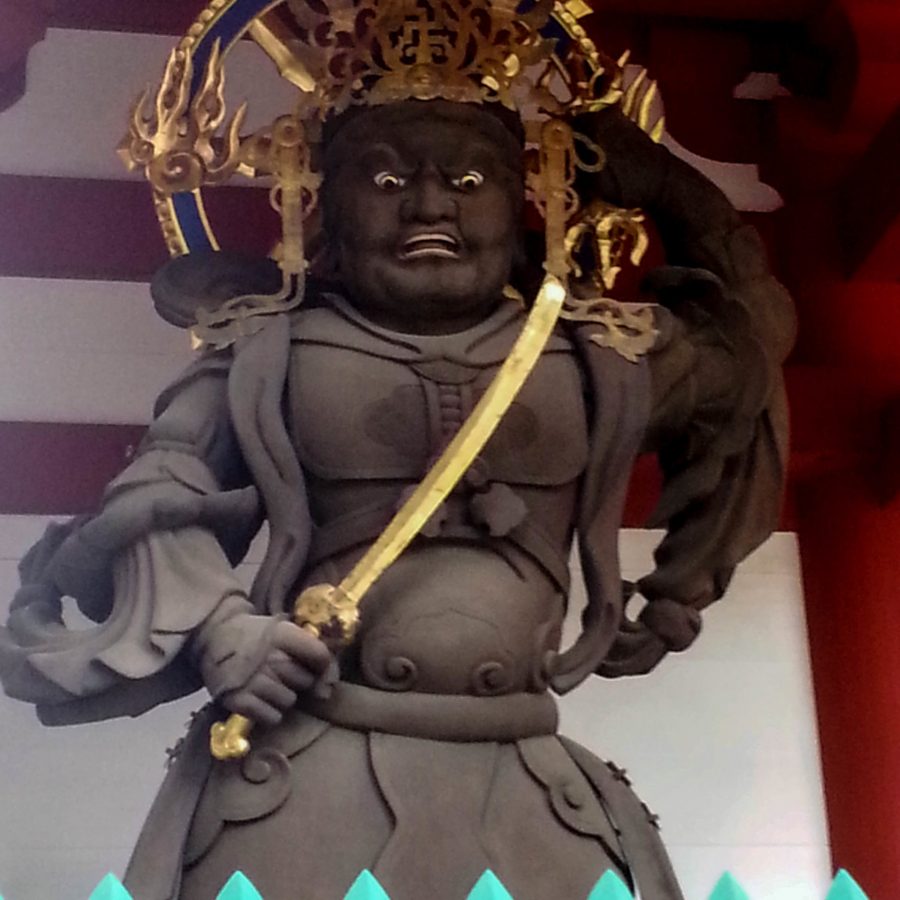
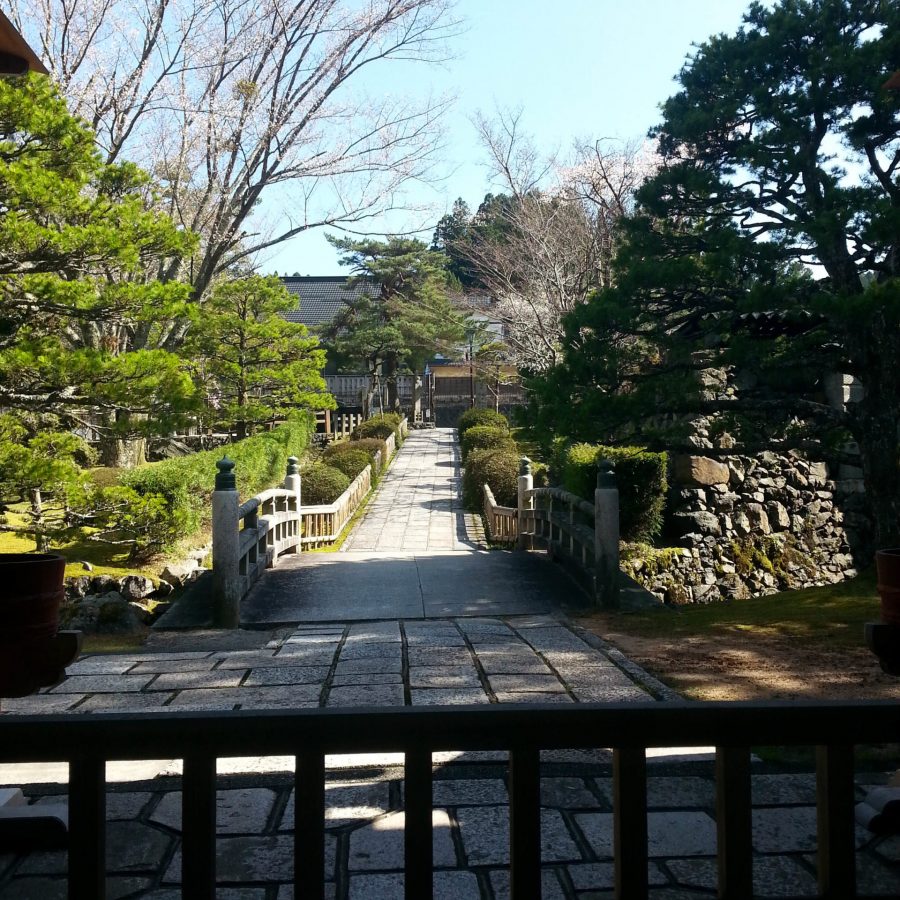

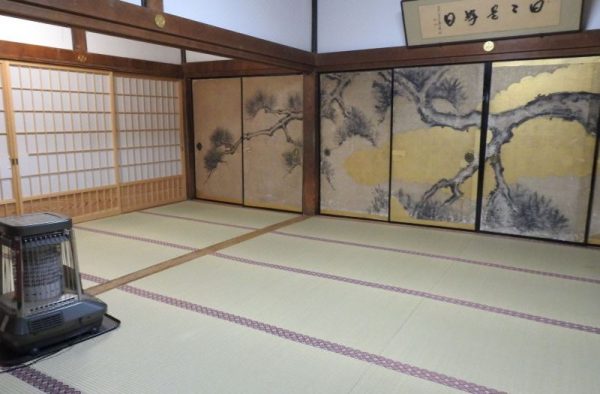
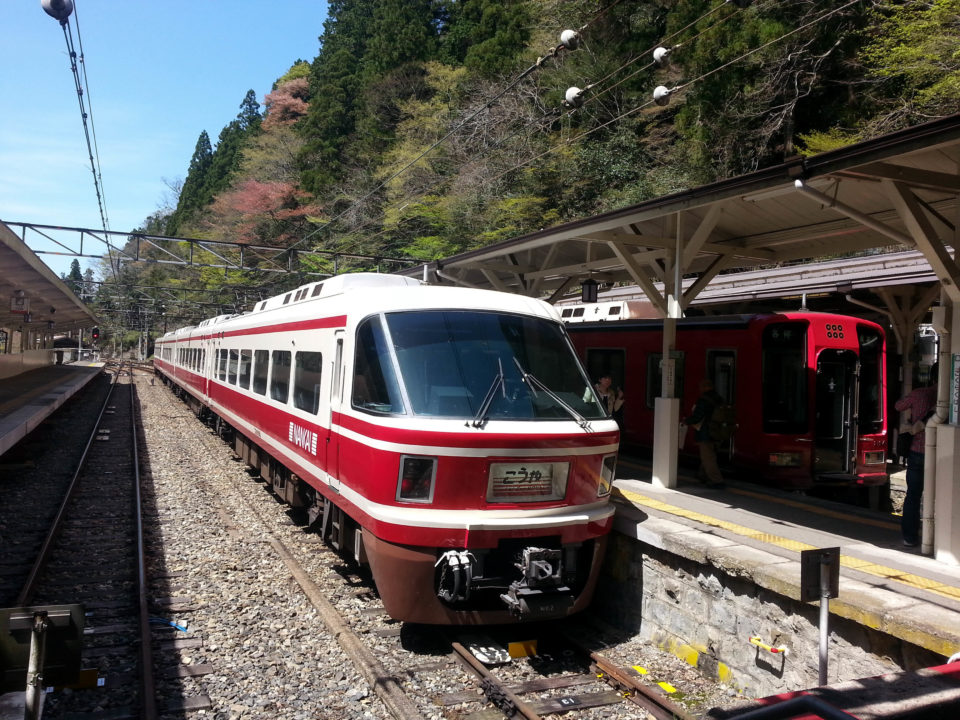



0 Comments